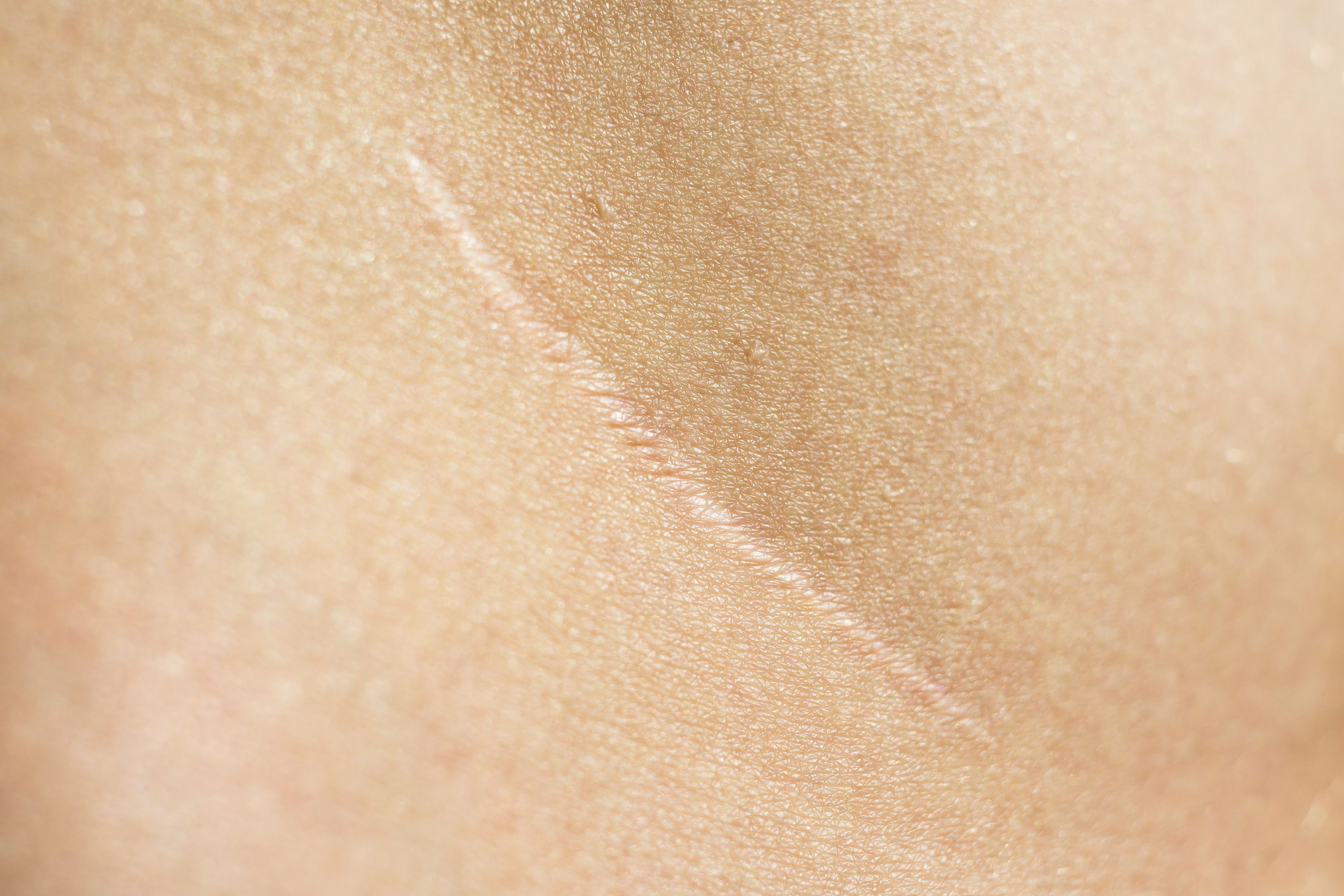- Case-Based Roundtable
- General Dermatology
- Eczema
- Chronic Hand Eczema
- Alopecia
- Aesthetics
- Vitiligo
- COVID-19
- Actinic Keratosis
- Precision Medicine and Biologics
- Rare Disease
- Wound Care
- Rosacea
- Psoriasis
- Psoriatic Arthritis
- Atopic Dermatitis
- Melasma
- NP and PA
- Skin Cancer
- Hidradenitis Suppurativa
- Drug Watch
- Pigmentary Disorders
- Acne
- Pediatric Dermatology
- Practice Management
- Prurigo Nodularis
- Buy-and-Bill
News
Article
Rosehip Oil Showed Significant Improvement in Scar Healing
Author(s):
Treatment groups showed faster healing and lower rates of erythema than control groups.
To assess the efficacy of rosehip oil (RO) in the treatment of scars, researchers analyzed findings from studies published on PubMed and MEDLINE and found evidence that RO may provide some benefit in improving postsurgical scars.1
Андрей К/AdobeStock

Belkhelladi and Bougrine searched for studies published in print or electronically before December 2022 using the terms “rosehip,” “rosa canina,” “rosehip oil,” “wound,” “healing,” “scar,” and “skin.” Studies included randomized controlled trials, cohort studies, case-control studies, and cross-sectional studies examining the effects of RO on post-surgical scars. The initial search identified 20 articles of which 2 were included in the final review.
In 1 study, 108 patients who had skin tumors removed were evaluated for effectiveness of RO on scars. The patients were divided into 2 groups. The treatment group applied RO twice a day for 6 weeks. The control group did not receive any additional treatment. Primary outcomes measured were erythema, dyschromia, atrophy, and hypertrophy and were assessed by a dermatologist. Patient satisfaction was also measured. Both measurements were taken at 6 and 12 weeks post-surgery.
At 6 and 12 weeksthe treatment group exhibited significantly lower rates of erythema than the control group, with 73% of the treatment group showing no signs of erythema and 50% of the control group showing no signs. At 12 weeks the treatment group also showed significantly lower rates of dyschromia, where 63% of the treatment group showed no signs of discoloration compared to 21% of the control group. Atrophy was also significantly improved in the treatment group.
In another study of 60 patients treated for burns, 1 group was treated with Adibderm, an herbal ointment with rosehip extract. The other group was treated with silver sulfadiazine, which is a standard treatment for burns. The rosehip extract ointment was applied every 6 hours until the emergency physician deemed the wound “healthy.” Wound healing time, patient satisfaction, and complications were the primary outcomes measured.
The treatment group exhibited significantly faster healing than the control group, 7.53 ± 2.28 days compared to 11.83 ± 2.32 days (P < .001). Patient satisfaction was significantly higher among the treatment group than the control group.
Researchers concluded that, “RO appears to have a plausible potential mechanism of action for improving scars, appears to be safe, and has been shown to improve scars in two clinical trials. While the existing data provide some promising insights into the potential use of RO for the reduction of postoperative scars in human skin, more rigorously designed studies are needed further to explore the therapeutic use of RO in topical preparations.”
Reference
- Belkhelladi M, Bougrine A. Rosehip extract and wound healing: A review. J Cosmet Dermatol. 2023; 00: 1-6. doi:10.1111/jocd.15971





